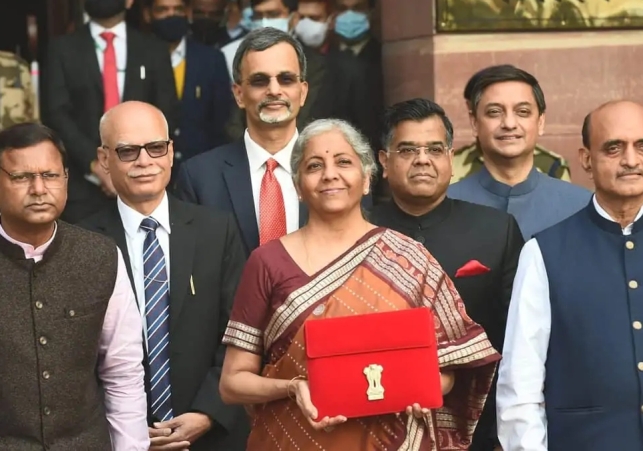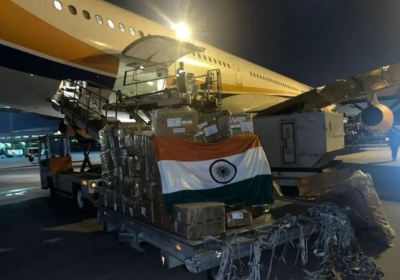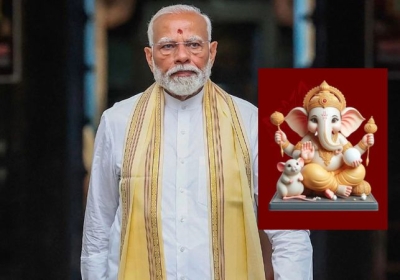Finance Minister Nirmala Sitharaman Presents First Full Budget of NDA’s Third Term


Finance Minister Nirmala Sitharaman Presents First Full Budget of NDA’s Third Term
Digital Desk: Finance Minister Nirmala Sitharaman unveiled the first full-fledged budget of the Narendra Modi-led NDA government’s third term, focusing on key sectors such as agriculture, healthcare, rural employment, and infrastructure. Several major announcements were made, including financial assistance for farmers, expanded loan facilities, and new economic schemes.
During her budget speech, the Congress, Samajwadi Party, and other opposition parties staged a walkout from Parliament, protesting various aspects of the budget. However, the government maintained that the budget prioritizes long-term economic growth and national development.
Key Announcements from the Budget-
Major Relief for Farmers
One of the budget’s highlights is the introduction of the PM Dhan Dhanya Krishi Yojana, which aims to benefit 1.7 crore farmers across 100 districts. Additionally, the loan limit under the Kisan Credit Card (KCC) has been raised from ₹3 lakh to ₹5 lakh, benefitting approximately 7.7 crore farmers, particularly those involved in fruit and vegetable cultivation.
Support for Women Entrepreneurs and Nutrition Initiatives
To encourage financial independence and business growth among women, the budget provides a ₹2 crore loan facility for women entrepreneurs from Scheduled Castes (SC) and Scheduled Tribes (ST).
In a major step towards improving maternal and child health, the government has introduced special nutritional projects targeting 8 crore women, including 1 crore recent mothers and 18 lakh students. These initiatives aim to combat malnutrition and improve overall health outcomes.
Expansion in Healthcare and Medical Education
To strengthen the country’s healthcare system, the budget includes a plan to increase medical college seats by 75,000 over the next five years, with 10,000 new seats to be added in the coming year.
Additionally, the government has announced the construction of 2,000 cancer institutes in district hospitals over the next three years to enhance cancer treatment accessibility.
Boost to Education and AI Development
The budget places significant emphasis on education, particularly in technology and digital connectivity. All government secondary schools will receive broadband connectivity, while the expansion of Indian Institutes of Technology (IITs) remains a priority. Furthermore, ₹500 crore has been allocated for AI education in five IITs to support research and capacity building in artificial intelligence and emerging technologies.
Infrastructure Development and Employment Generation
The Jal Jeevan Mission has been extended until 2028, aiming to achieve 100% piped water supply coverage nationwide. A special agreement with state governments has been announced to ensure water accessibility in all regions.
For Bihar, the budget brings several key infrastructure projects, including:
Construction of a new Greenfield airport in Patna and expansion of the existing Patna airport.
Development of 120 new airports across India, with three located in Bihar.
Additionally, the revival of the Namrup fertilizer plant is planned, targeting an annual production of 12.7 lakh metric tonnes of urea, which will significantly boost agricultural productivity.
The government asserts that these measures will strengthen the economy, generate employment, and enhance living standards across the country.









